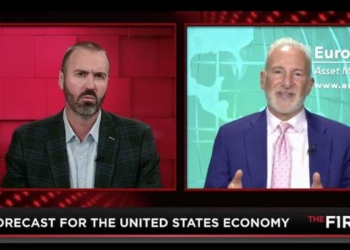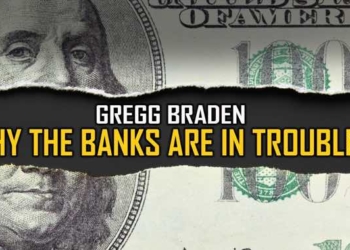
By Tyler Durden | Zero Hedge
What was once a feel-good story about millennials moving out of their parent's basements and finally buying houses of their own has now turned into a story about them being priced out of the market. Thanks, Federal Reserve.
The scorching hot price of housing has forced millennials to now turn to fixer-uppers as a “more affordable solution” for homes to buy, a new Business Insider report notes. According to Bank of America Research’s sixth annual millennial home improvement survey, 82% of millennials have said they are more likely to buy a fixer-upper than a newly built home.
The U.S. has been underbuilding homes since the Great Recession, the report notes, pushing millennials toward their “second housing crisis in 12 years”. Demand from millennials has “only exacerbated the shrinking inventory” and “led to cutthroat competition rife with bidding wars”, BI notes.
The report points out Instagram pages like Cheap Old Houses, which focuses on historic homes selling for no more than $100,000 that offer fixer-upper opportunities. The account has grown to 1.5 million followers from 750,000 early last year.
The devil is, of course, in the details. Fixer-upper homes often wind up costing just as much as newly built homes. The B of A survey noted that while many buyers started their projects within 6 months of buying their homes, the larger portions of remodels – like bathroom and kitchen projects – get remanded to the back burner in favor of cheaper fixes like painting and landscaping.
Millennials “feel more at ease painting and wallpapering and upgrading appliances, compared to more complex projects like altering floor plans and roofing,” BI notes. As a result, some are now taking out loans to complete larger portions of their remodels. B of A notes that loans are being used more frequently than cash to fund projects over $10,000. 42% of respondents are using debt, versus 34% back in 2017.
Recall, we noted days ago that the Federal Reserve continued to increase its holdings of mortgage-backed securities by the tune of $40 billion per month, fueling a housing bubble with record-low mortgage rates and low inventory.
Even as the housing sector has more than recovered from the downturn, Chair Jerome Powell continues “pedal to the metal” with MBS purchases. According to the National Association of Realtors (NAR), this has resulted in the median price for a single-family home to soar the most on record in the first quarter.
“Nationally, the median existing-home sales price rose 16.2% on a year-over-year basis to $319,200, a record high since 1989. All regions recorded double-digit year-over-year price growth, with the Northeast seeing a 22.1% increase, followed by the West (18.0%), South (15.0%), and Midwest (14.4%),” NAR said.
Here’s Powell’s quote in full from an April press conference:
“Yeah. I mean, we started buying MBS because the mortgage-backed security market was really experiencing severe dysfunction, and we’ve sort of articulated, you know, what our exit path is from that. It’s not meant to provide direct assistance to the housing market. That was never the intent. It was really just to keep that as, it’s a very close relation to the Treasury market, and a very important market on its own.
And so, that’s why we bought as we did during the global financial crisis. We bought MBS, too. Again, not intention to send help to the housing market, which was really not a problem this time at all. So, and, you know, it’s a situation where we will taper asset purchases when the time comes to do that, and those purchases will come to zero over time. And that time is not yet.”
Lawrence Yun, the NAR chief economist, said, “record-high home prices are happening across nearly all markets, big and small, even in those metros that have long been considered off-the-radar in prior years for many home-seekers.”
Of the 183 metro areas covered by NAR, 163 had double-digit price gains, up from 161 in the fourth quarter. In a separate report, Redfin’s monthly data showed that in April, homes sold at their fastest pace on record with nearly half off-market within one week.

















